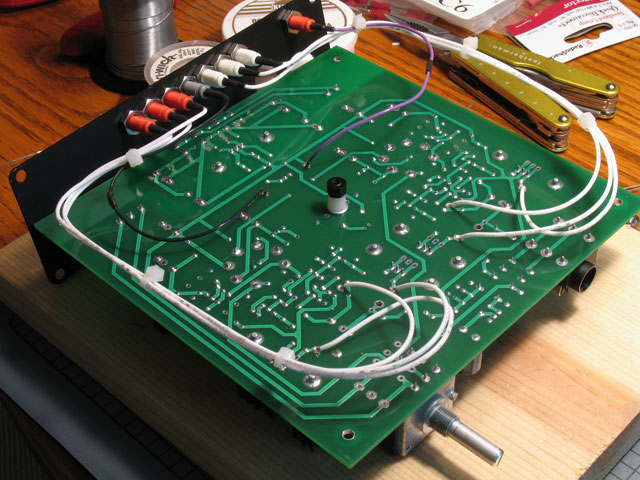Beefy
Headphoneus Supremus
- Joined
- Mar 4, 2008
- Posts
- 2,697
- Likes
- 262
Quote:
They can be jumpered, used to reduce gain, or tailor the sound.
I recall that they are absolutely required for the MOSFET Max in order to prevent oscillation.
They can be jumpered, used to reduce gain, or tailor the sound.
Thanks guys. The BOM said optional, but I recalled seeing elsewhere that they were mandatory.
Can I see a picture of how you guys routed the wires for your biasing contacts?
Thanks!
-Scott

Awesome, thanks guys. I searched, but I guess I didn't go far enough through the posts to find that. Last question, what do you recommend biasing the Mosfets to? I saw the range on the website of 176-264mV, and 220-275mV elsewhere. I've got it biased at 180mV to start, but what would be optimal, or is there a page explaining it similar to the one for tube bias?
Thanks!
I just biased my Mosfets. It's weird. In order to obtain 100mA, I need to get them to 282mV. It seems weird that they wouldn't be exactly the same as the values on the website. Any thoughts on what I did wrong?


